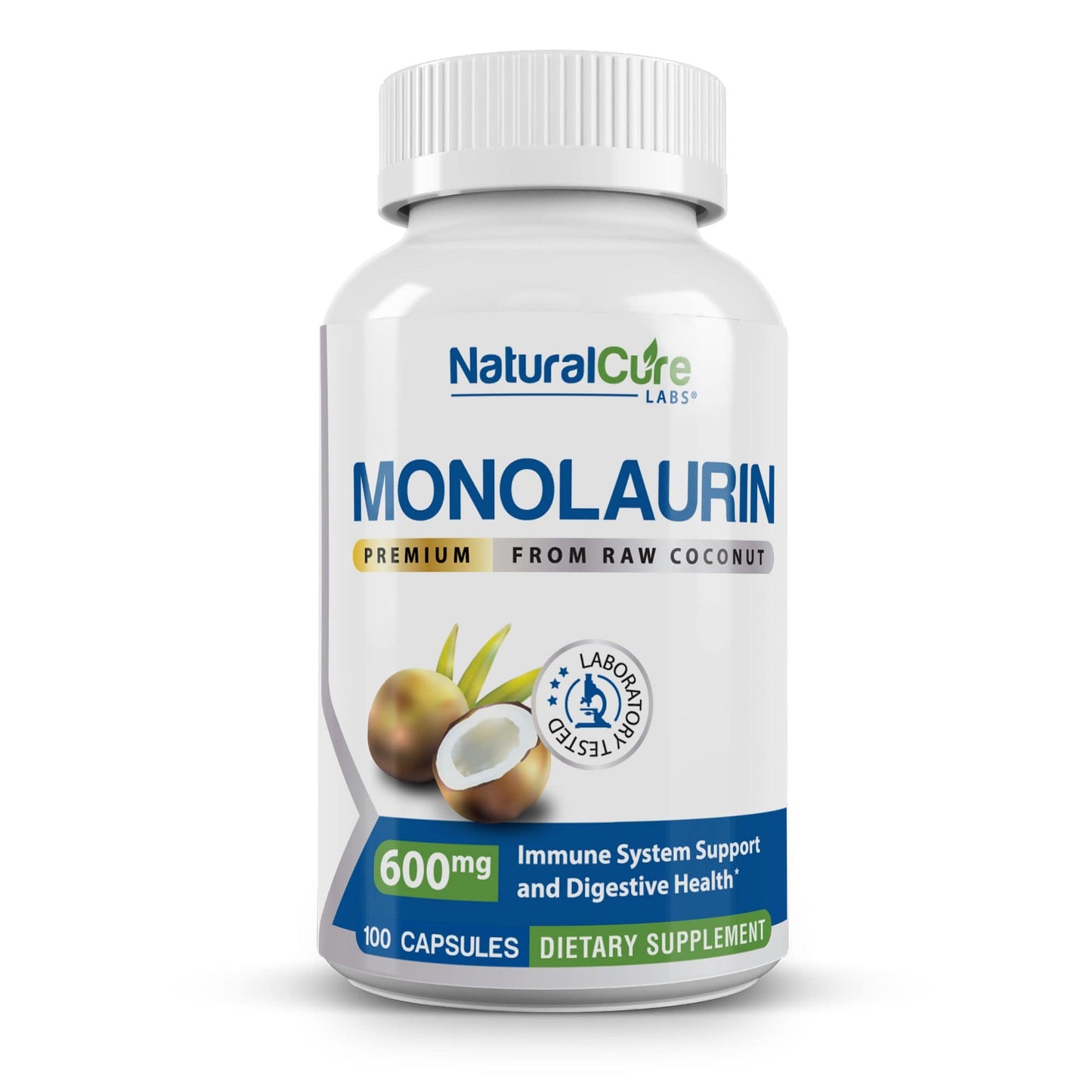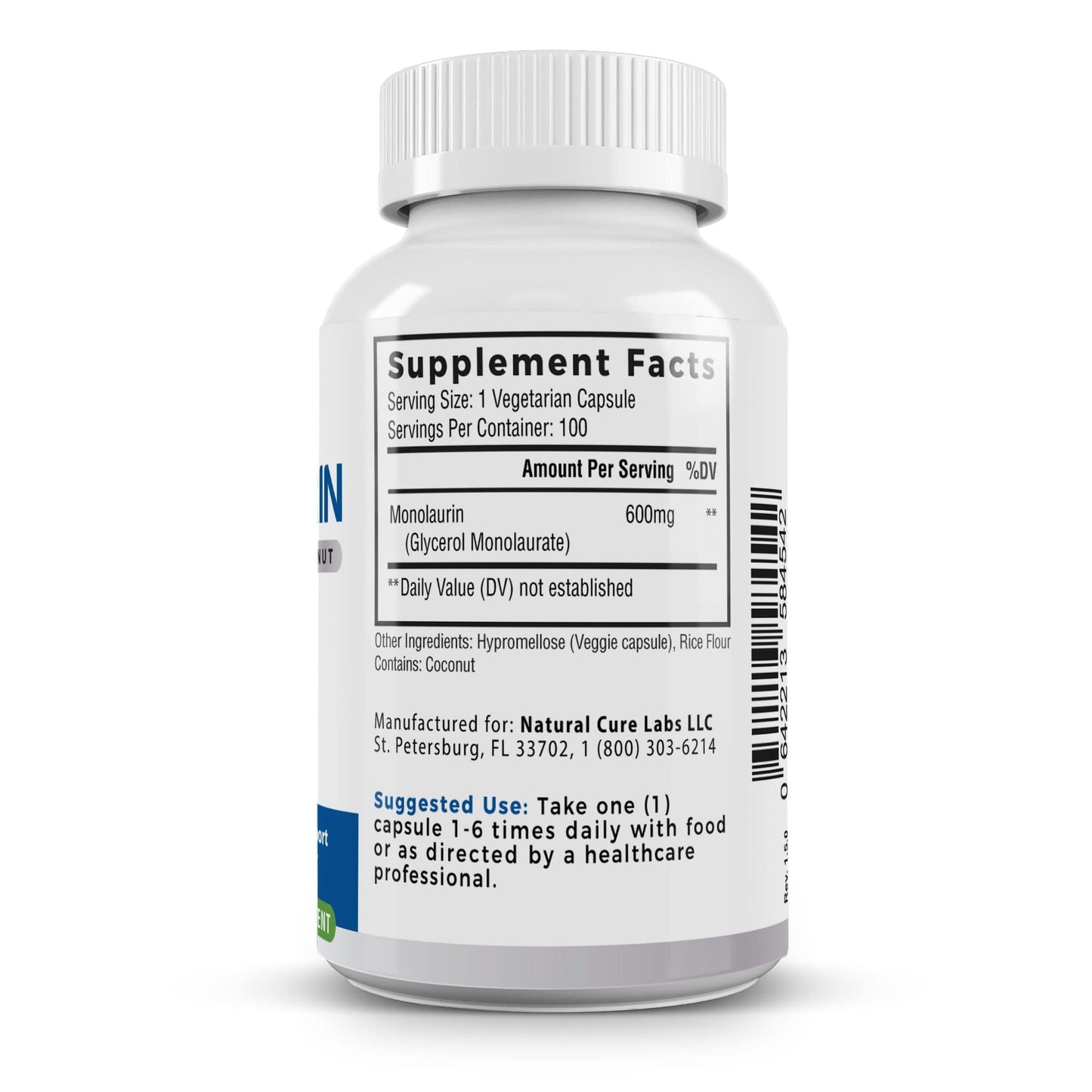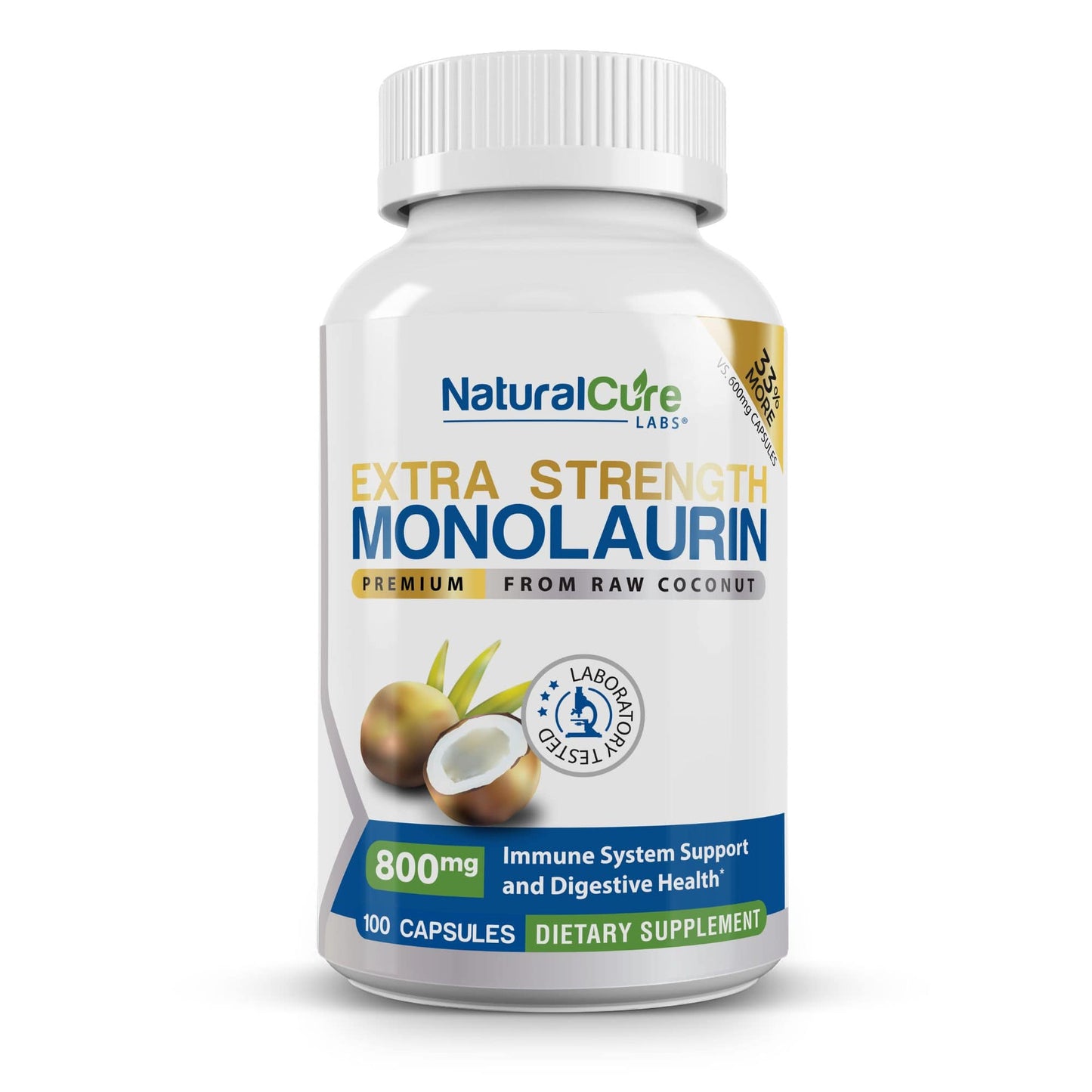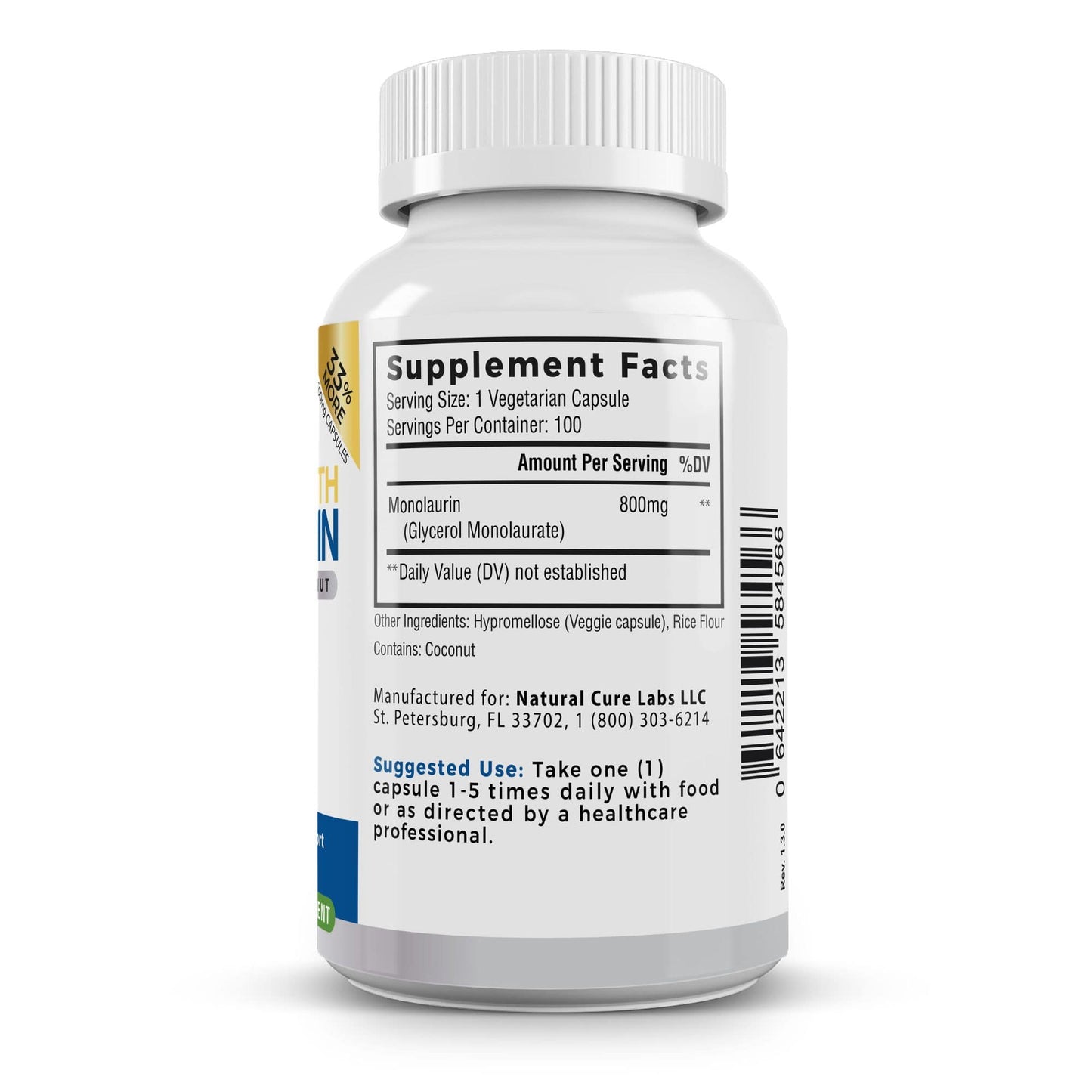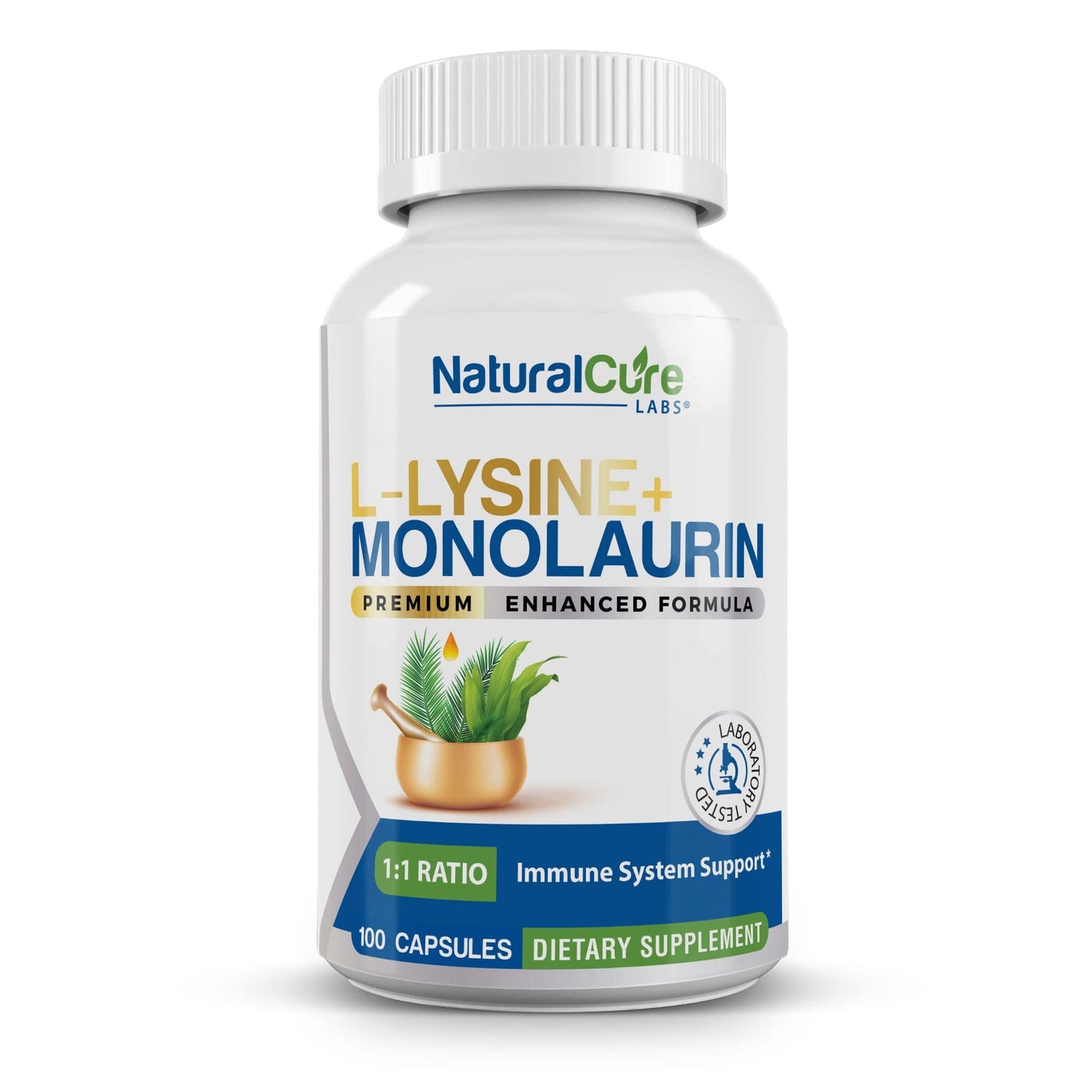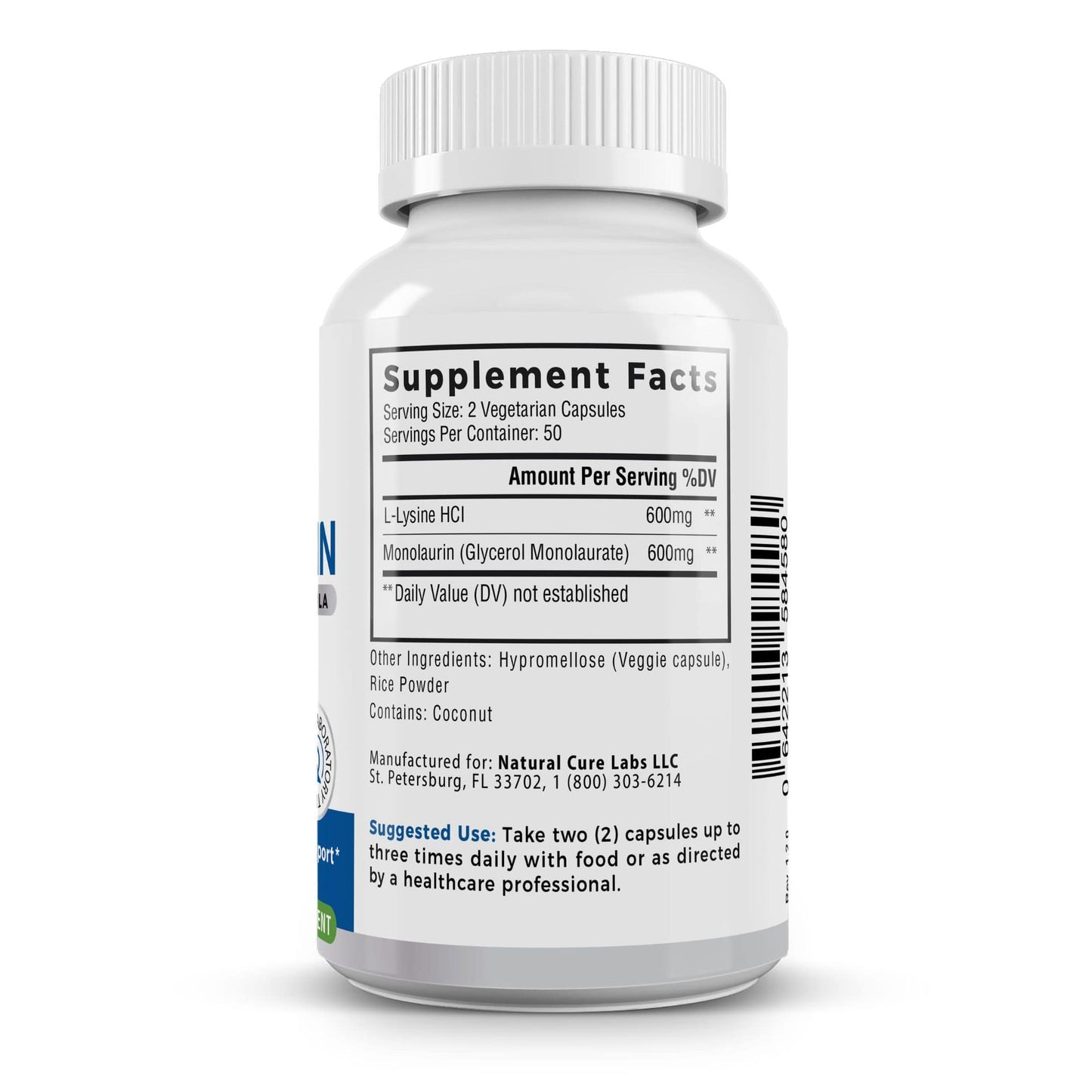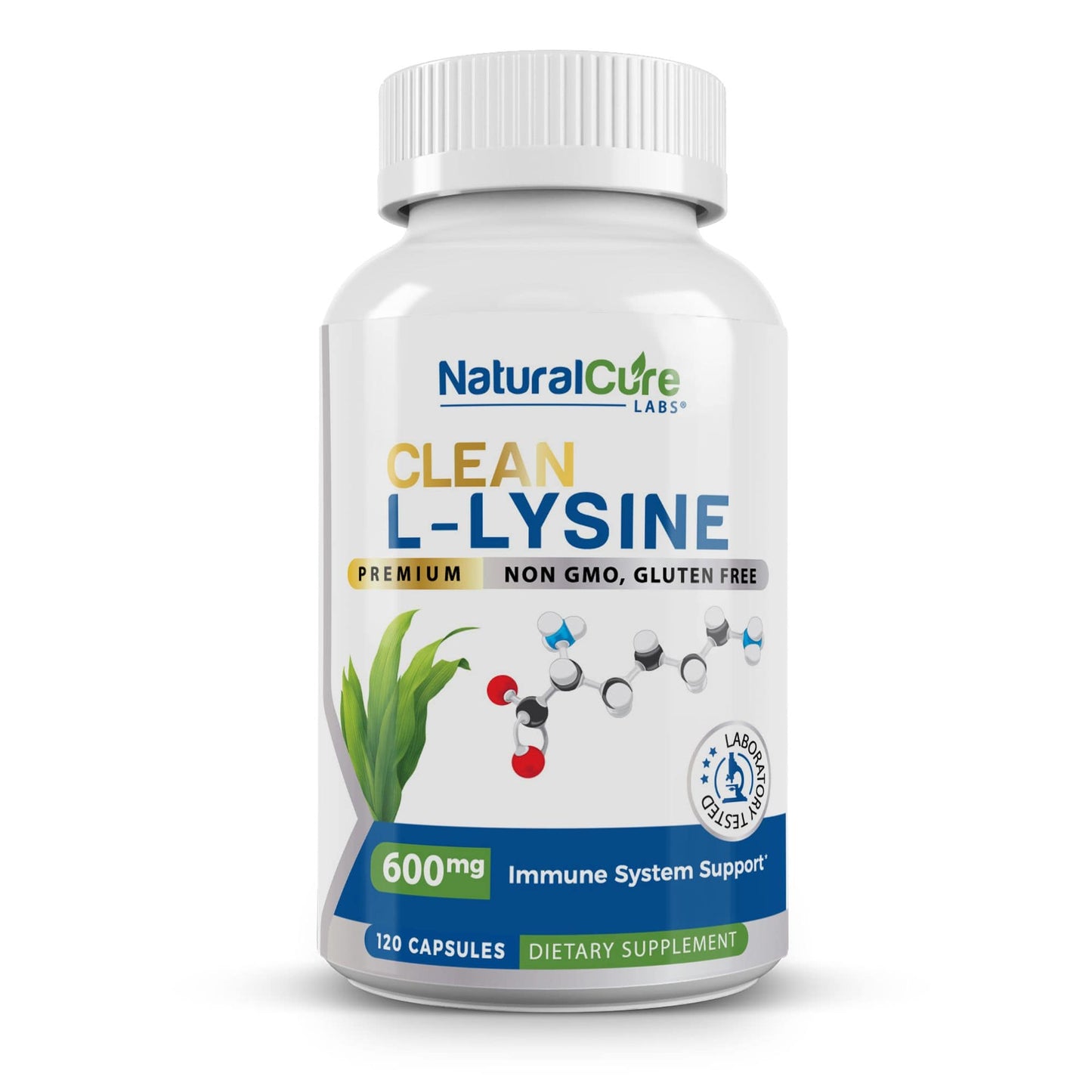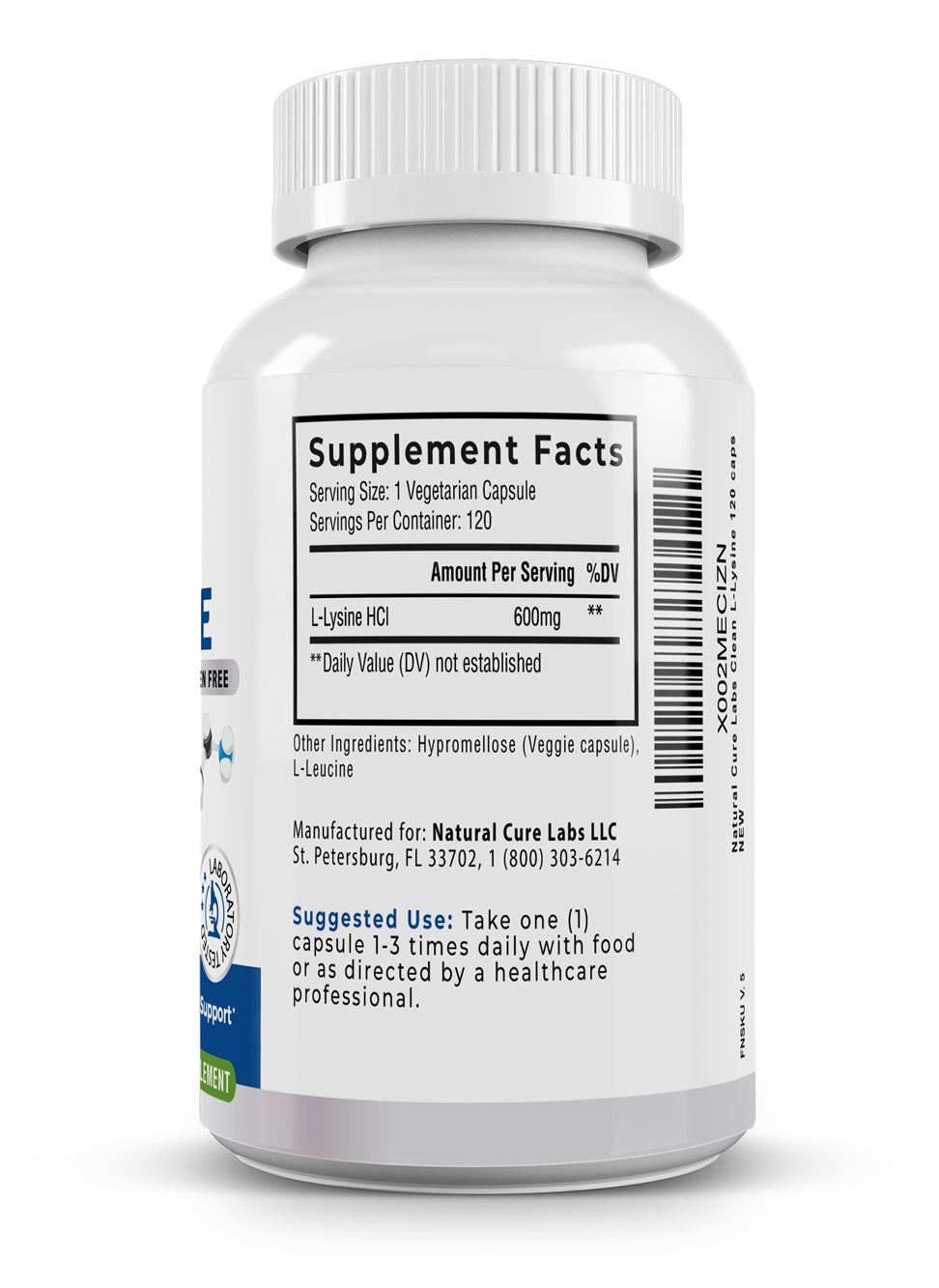
📝 Medically reviewed by Dr. Patricia Shelton
🔍 Last updated September 05, 2025
📚 10 citations
📖 6 minute read
Dr. Patricia Shelton, MD, has been a medical communicator and educator since 2014. She holds a Doctor of Medicine degree and a Bachelor's degree in Neuroscience, both from the University of Washington in Seattle.
–
Summary
- L-lysine is an essential amino acid, which all people must obtain through food or supplements.
- Most supplemental lysine is made through fermentation by certain bacteria, and is then purified and sold as capsules, tablets, powders, or liquids.
- L-lysine is usually found in the free base or HCl forms; acetate and sulfate are less common forms.
- HCl and free base forms are not significantly different with regard to total lysine available for use by the body. However, the amino acid appears faster in blood when consumed in supplement form, rather than from intact protein in foods.
Jump to:
- Where does supplemental L-lysine come from?
- Which chemical forms of L-lysine exist?
- Which forms are used in dietary supplements?
- Why do supplements use L-lysine HCl?
- Which form of lysine digests better?
- Conclusion
- References
L-lysine (also known simply as lysine) is an essential amino acid that plays vital roles in human nutrition. It is naturally found in both animal-based and plant-based proteins, especially in legumes as well as pseudocereals like quinoa and amaranth.¹
Because the human body cannot synthesize lysine, it must be obtained through diet or supplementation, which is what classifies it as “essential.” This drives its strong presence in the supplement market. According to Fortune Business Insights, the global lysine market is projected to grow at a compound annual growth rate of 5.39% from 2025 to 2032.²
With such broad, everyday use, it’s important to know the main supplement forms and how they appear on labels.
See Related: How Can L-Lysine Support The Brain And Body?
Where does L-lysine come from?
Most supplemental L-lysine doesn’t come directly from food. Instead, it’s made by fermentation. Manufacturers grow safe, well-studied microbes (commonly Corynebacterium glutamicum) in large tanks and feed them certain plant-derived sugars, like glucose or molasses. The bacteria naturally produce L-lysine.
The amino acid is then purified and crystallized. Depending on the specific methods used for this process, it may become the free base form or L-lysine HCl (which offers better stability). The product may be turned into capsules, tablets, powders, or liquids.³ ⁴
Because the process used to produce it involves only plant-based compounds,most L-lysine sold as a supplement is suitable for vegans, and is bio-identical to the dietary amino acid.³ ⁴
Which chemical forms of L-lysine exist?
Below are the main forms you may see on most supplement labels. The amino acid is the same, but it may be bound to different small ions. This changes handling properties like taste, flow, stability, and how a tablet presses, but doesn’t alterthe molecule your body eventually uses. ⁵
1. L-lysine (free base)
Label names: “L-lysine,” sometimes “L-lysine (free form).”
Use: Most common in capsules and powders.
2. L-lysine hydrochloride (HCl)
Label names: “L-lysine HCl,” “L-lysine monohydrochloride,” often written as “L-lysine (as L-lysine HCl).”
Use: Tablets, liquids, capsules, and powders.
3. L-lysine acetate
Label names: “L-lysine acetate”
Use: Parenteral nutrition (PN) solutions.⁶
4. L-lysine sulfate
Label names: “L-lysine sulfate”
Use: Widely used in animal nutrition; rare in human supplements.⁷
Which forms of L-Lysine are used in dietary supplements?
Most common: L-lysine (free base) and L-lysine HCl in capsules, tablets, powders, and some liquids.
Less common: L-lysine acetate (mostly used in clinical nutritionthat’s given through an IV)⁶ and L-lysine sulfate (mainly used in the animal-feed sector).⁷

Why do supplements use L-lysine HCl?
In supplement manufacturing, salt selection is a practical way to make an ingredient easier to work with and store. It can help the powder mix with water (solubility), break apart quickly after you swallow it (dissolution), avoid clumping from humidity (low hygroscopicity), flow smoothly through capsule/tablet machines (flow), and stay stable on the shelf (stability).⁵
Think of the salt as molecular-level packaging. It doesn’t change the amino acid you’re getting; it just makes the product easier to make, more consistent, and less fragile. For example, L-lysine HCl typically dissolves and flows better, resists moisture, and presses into sturdier tablets than the free base. Once you take it, the salt dissociates, and your body ultimately uses the same L-lysine either way.⁵ ⁸
Which form of lysine digests better?
For human supplements, there’s no strong evidence that L-lysine HCl vs free base changes how much lysine your body ultimately uses. Once the pill dissolves, the salt dissociates and you absorb the same L-lysine. ⁵ ⁹
In short, a 500 mg capsule of L-lysine HCl and a 500 mg capsule of free-base L-lysine both deliver the same amount of usable L-lysine to your cells.
Conclusion
L-lysine is an essential amino acid found in foods, which can also be obtained in supplements that are typically fermentation-derived and vegan-suitable. In the supplement aisle, the main chemical forms are L-lysine (free base) and L-lysine HCl.
These forms differ mostly in their manufacturing and handling, not in the nutrient that your body ultimately receives after the product dissolves. When choosing a product, check the form named on the label, the amount of L-lysine per serving, and a delivery format you’ll actually use (capsule, tablet, powder, or liquid).
Keep reading: What Is L-Lysine Good For? Uses, Benefits, And More
References
- Tomé D, Bos C, Mariotti F. Lysine requirement through the human life cycle. J Nutr. 2007;137(6 Suppl 1):1642S–1645S. doi: 10.1093/jn/137.6.1642S
- Fortune Business Insights. Lysine Market (Report ID 109615). https://www.fortunebusinessinsights.com/lysine-market-109615
- Liu J, Xu J-Z, Rao Z-M, Zhang W-G. Industrial production of L-lysine in Corynebacterium glutamicum: Progress and prospects. Microbiol Res. 2022;262:127101. doi: 10.1016/j.micres.2022.127101
- Wendisch VF, Jorge JMP, Pérez-García F, Sgobba E. Updates on industrial production of amino acids using Corynebacterium glutamicum. World J Microbiol Biotechnol. 2016;32(6):105. doi: 10.1007/s11274-016-2060-1
- Serajuddin ATM. Salt formation to improve drug solubility. Adv Drug Deliv Rev. 2007;59(7):603–616. doi: 10.1016/j.addr.2007.05.010
- Iacone R, et al. Macronutrients in parenteral nutrition: Amino acids. Nutrients. 2020;12(3):701. doi: 10.3390/nu12030701
- EFSA FEEDAP Panel. Safety and efficacy of concentrated L-lysine (base), L-lysine monohydrochloride and L-lysine sulfate produced using Corynebacterium glutamicum. EFSA J. 2019;17(1):5532. doi: 10.2903/j.efsa.2019.5532
- Sun CC, Grant DJW. Influence of crystal shape on the tableting performance of L-lysine monohydrochloride dihydrate. J Pharm Sci. 2001;90(5):569–579. doi: 10.1002/1520-6017(200105)90:5%3C569::AID-JPS1013%3E3.0.CO;2-4
- EFSA FEEDAP Panel. Safety and efficacy of concentrated liquid L-lysine (base) and L-lysine monohydrochloride produced by fermentation with Corynebacterium glutamicum KCCM 10227 and KCCM 80184 for all animal species. EFSA J. 2020;18(7):6285. doi: 10.2903/j.efsa.2020.6285
--
Natural Cure Labs provides dietary supplements made from naturally derived ingredients. Our research-backed products contain premium botanicals and antioxidants that encourage healthy living and holistic wellness. Each high-quality product comes with a Clean Label that certifies our commitment to quality, transparency, and research. To stay connected and learn more, follow us on Facebook, Instagram, and TikTok.

